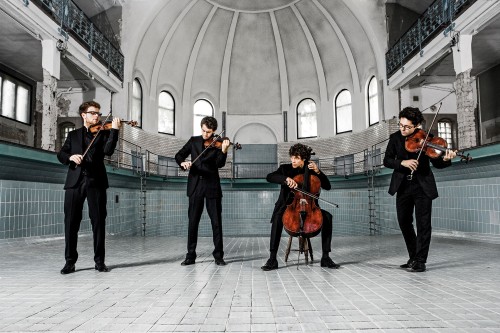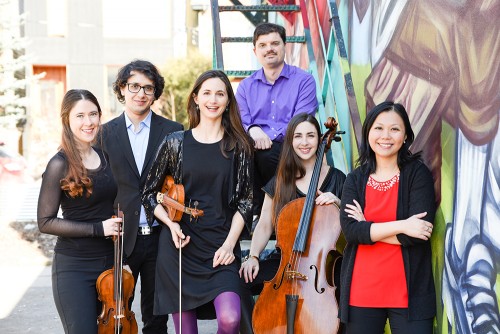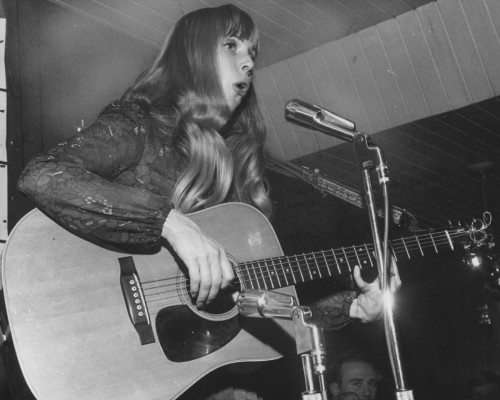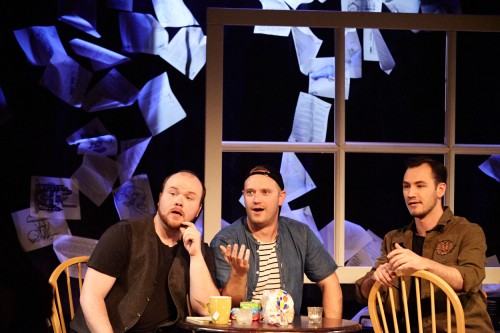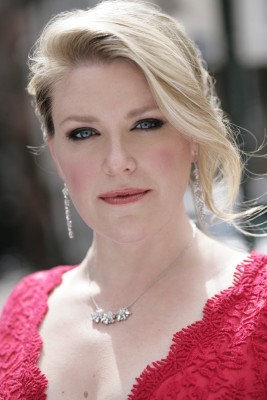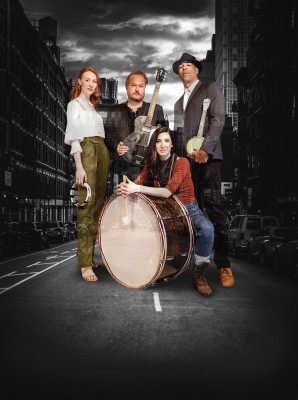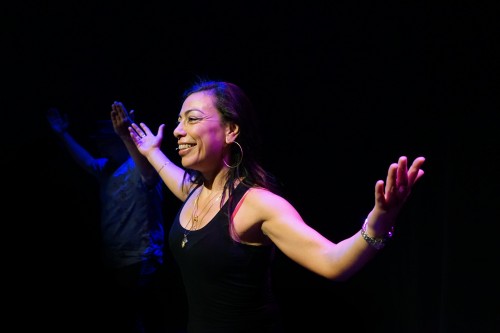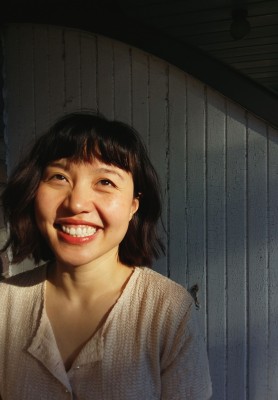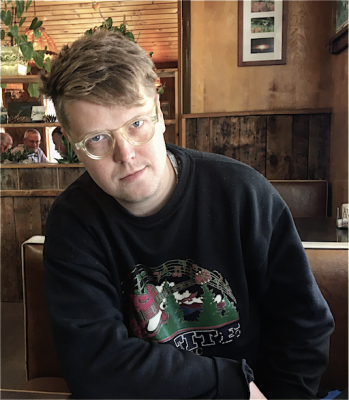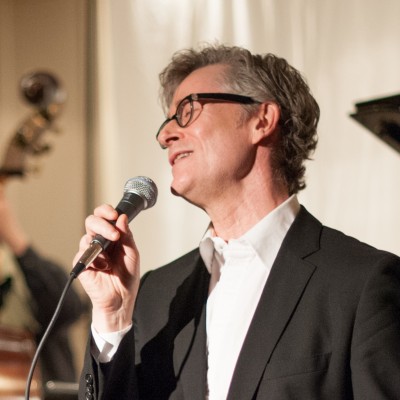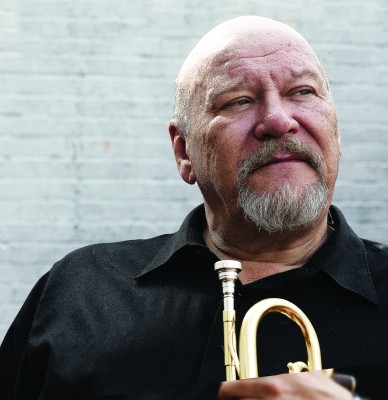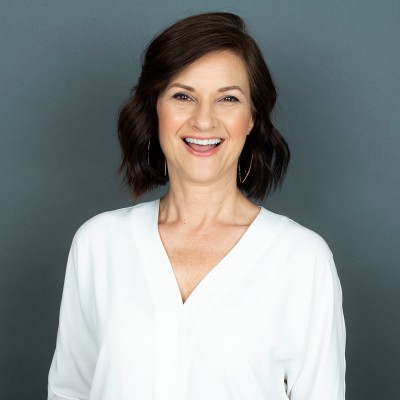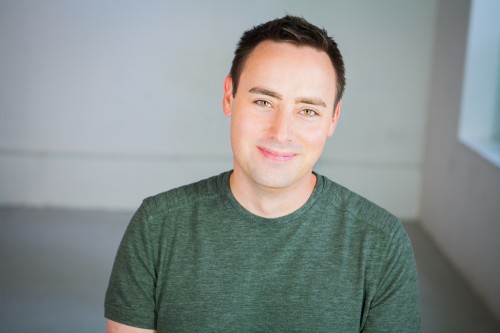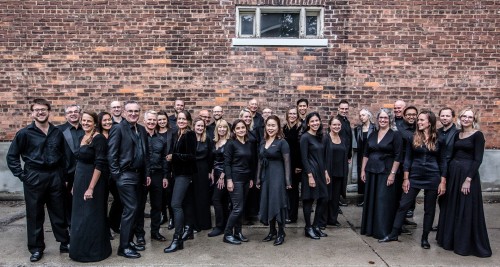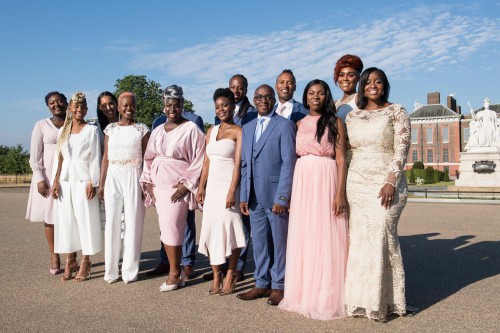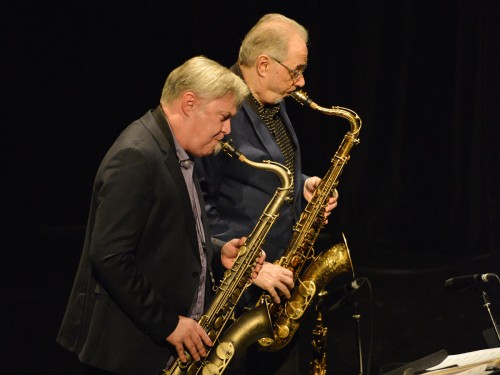November Gets Seriously Busy
Ah, November. A month so rich in music that it causes one to strain against word limits, bridle at the constraints of the page and discard a number of truly perfect jokes, whose inclusion – if a writer took less seriously his charge to write about, well, music – would have sent this magazine’s readership into dangerous paroxysms of laughter, such that finishing the rest of this column would surely prove impossible. Out of kindness: let’s get to it.
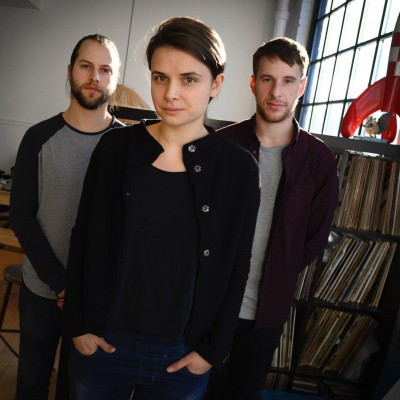 On November 14 and 15, the Montreal-based pianist Gentiane MG (Michaud-Gagnon) leads her eponymous trio at Jazz Bistro in support of her recent album, Wonderland. Though Michaud-Gagnon may be a new name to Toronto audiences, she has been increasingly active on the Canadian jazz scene following her time at McGill, at which she studied with Rémi Bolduc, André White and Jean-Michel Pilc, among others. Her debut trio recording, Eternal Cycle, was on CBC Music’s list of 10 outstanding Canadian jazz albums of 2017, along with the likes of Matthew Stevens, Diana Krall, and PJ Perry. At Jazz Bistro, Michaud-Gagnon brings her working rhythm section, bassist Levi Dover and drummer Louis-Vincent Hamel. The trio’s playing runs the gamut from introspective, pensive ballads to uptempo swingers. Throughout it all, Michaud-Gagnon discharges her pianistic duties with aplomb, playing both single-note lines and lush chords with succinct clarity.
On November 14 and 15, the Montreal-based pianist Gentiane MG (Michaud-Gagnon) leads her eponymous trio at Jazz Bistro in support of her recent album, Wonderland. Though Michaud-Gagnon may be a new name to Toronto audiences, she has been increasingly active on the Canadian jazz scene following her time at McGill, at which she studied with Rémi Bolduc, André White and Jean-Michel Pilc, among others. Her debut trio recording, Eternal Cycle, was on CBC Music’s list of 10 outstanding Canadian jazz albums of 2017, along with the likes of Matthew Stevens, Diana Krall, and PJ Perry. At Jazz Bistro, Michaud-Gagnon brings her working rhythm section, bassist Levi Dover and drummer Louis-Vincent Hamel. The trio’s playing runs the gamut from introspective, pensive ballads to uptempo swingers. Throughout it all, Michaud-Gagnon discharges her pianistic duties with aplomb, playing both single-note lines and lush chords with succinct clarity.
Also at Jazz Bistro: vibraphonist Dan McCarthy, on November 26, appearing in quartet formation with guitarist Ted Quinlan, bassist Pat Collins and drummer Ted Warren. McCarthy’s quartet appears in support of his recently released album, City Abstract, which features the same band. Recorded in May of this year at Canterbury Music Company, City Abstract is something of a homecoming for McCarthy, who, after living and working in New York for 15 years, has moved back to his hometown of Toronto. McCarthy is a superlative vibraphonist, with chops, tone and taste to spare; his performance/recording credits include work with American musicians such as Steve Swallow, Ben Monder and George Garzone, as well as with leading Canadian musicians, including Lorne Lofsky, Terry Clarke and Laila Biali. Though the vibraphone has been something of an uncommon instrument in modern jazz, McCarthy – along with other notable young players, including the American Joel Ross and Toronto’s Michael Davidson – serves as a good reminder of the instrument’s strengths and capabilities, and of the unique music that it makes possible.
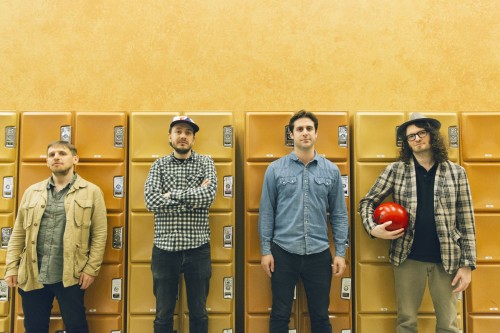 On November 6 and 7, saxophonist Chet Doxas brings the group Landline to The Rex. Though currently a Brooklyn resident, Doxas was born and raised in Montreal, where he attended McGill for both his undergraduate and graduate degrees; his brother, Jim Doxas, is one of Canada’s better-known jazz drummers, and still based in their shared hometown. Landline – whose eponymous debut album will release on November 1 – is a quartet, made up of Doxas, pianist Jacob Sacks, bassist Zack Lober and drummer Vinnie Sperrazza. Landline is something of a family affair: in May of this year, George Doxas, Chet’s father, recorded the album in Montreal at Boutique de Son Studios. Landline gets its name from a two-year-long process of “collaborative composition” by all four members of the quartet, each of whom made contributions to each piece in a process reminiscent of the children’s game “broken telephone.” What this means isn’t precisely clear, but I imagine that all will be revealed at The Rex. What is clear is that Landline represents an intriguing new project from accomplished modern jazz musicians who have played together – both in this specific quartet and in other configurations – for a number of years, with a collective group dynamic that only comes with shared experience.
On November 6 and 7, saxophonist Chet Doxas brings the group Landline to The Rex. Though currently a Brooklyn resident, Doxas was born and raised in Montreal, where he attended McGill for both his undergraduate and graduate degrees; his brother, Jim Doxas, is one of Canada’s better-known jazz drummers, and still based in their shared hometown. Landline – whose eponymous debut album will release on November 1 – is a quartet, made up of Doxas, pianist Jacob Sacks, bassist Zack Lober and drummer Vinnie Sperrazza. Landline is something of a family affair: in May of this year, George Doxas, Chet’s father, recorded the album in Montreal at Boutique de Son Studios. Landline gets its name from a two-year-long process of “collaborative composition” by all four members of the quartet, each of whom made contributions to each piece in a process reminiscent of the children’s game “broken telephone.” What this means isn’t precisely clear, but I imagine that all will be revealed at The Rex. What is clear is that Landline represents an intriguing new project from accomplished modern jazz musicians who have played together – both in this specific quartet and in other configurations – for a number of years, with a collective group dynamic that only comes with shared experience.
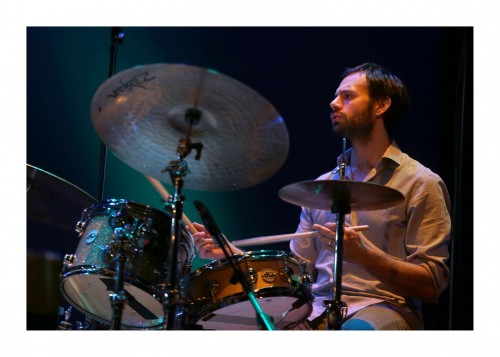 Sacks will be returning to The Rex later in the month with the Dan Weiss Trio, where he – along with Weiss (drums) and Thomas Morgan (bass) – will be playing two consecutive nights on November 20 and 21. The last time that I wrote about Weiss for The WholeNote, it was in the wake of his 2018 Jazz Festival performance with his Starebaby project. Drawing influence from Twin Peaks, the album Starebaby was a study in Lynchian intensity, with bombastic and quiet moments sustained past conventional points of resolution. During the group’s packed Toronto show, this exploratory spirit was on display in full force; the show that I saw qualified as one of the loudest and quietest shows that I’ve ever seen at The Rex, or, for that matter, at any jazz club. Though Weiss’ trio may not have the same mandate for extreme dynamics, it does have the same mandate for intensity and intentionality. It is not hyperbole to say that Weiss is one of the preeminent jazz drummers of his generation; a brief look at his recent schedule reveals engagements with the likes of Nir Felder, Adam Rogers, Miles Okazaki and Chris Potter’s Underground Quartet, amongst many other notable gigs, including his own. As a drummer and as a bandleader, he is much the same: specific, exacting, exciting and, at unexpected moments, funny, in a way that complements the seriousness of his dedication to his craft.
Sacks will be returning to The Rex later in the month with the Dan Weiss Trio, where he – along with Weiss (drums) and Thomas Morgan (bass) – will be playing two consecutive nights on November 20 and 21. The last time that I wrote about Weiss for The WholeNote, it was in the wake of his 2018 Jazz Festival performance with his Starebaby project. Drawing influence from Twin Peaks, the album Starebaby was a study in Lynchian intensity, with bombastic and quiet moments sustained past conventional points of resolution. During the group’s packed Toronto show, this exploratory spirit was on display in full force; the show that I saw qualified as one of the loudest and quietest shows that I’ve ever seen at The Rex, or, for that matter, at any jazz club. Though Weiss’ trio may not have the same mandate for extreme dynamics, it does have the same mandate for intensity and intentionality. It is not hyperbole to say that Weiss is one of the preeminent jazz drummers of his generation; a brief look at his recent schedule reveals engagements with the likes of Nir Felder, Adam Rogers, Miles Okazaki and Chris Potter’s Underground Quartet, amongst many other notable gigs, including his own. As a drummer and as a bandleader, he is much the same: specific, exacting, exciting and, at unexpected moments, funny, in a way that complements the seriousness of his dedication to his craft.
A final note on The Rex: guitarist Robb Cappelletto, who has crafted a unique musical identity that straddles the line between jazz, rock, blues, and other genres, releases his new album Double Red on November 14, in performance with keyboardist Michael Shand, bassist Andrew Stewart and drummer Amhed Mitchel. Cappelletto – a faculty member at York University – has been putting out consistently interesting music since his debut album !!! was released in 2012, both under his own name and with the instrumental group re.verse, which has been heard in its residency slots at 416 Snack Bar and The Drake, as well as at Koerner Hall, collaborating with the likes of Shad and DJ Skratch Bastid. Cappelletto is a fiery player, with ample technical command of his instrument, but what sets him apart from his peers is his conscientious attention to the nuances of tone, and his commitment to building a multilayered sonic world in which his music can live.
MAINLY CLUBS, MOSTLY JAZZ QUICK PICKS
NOV 6 AND NOV 7, 9:30PM: Chet Doxas’ Landline, The Rex. Landline, a new project helmed by Montreal-born saxophonist Chet Doxas, play in support of their new self-titled album, the material for which the band composed cooperatively through a musical version of “broken telephone.” With pianist Jacob Sacks, bassist Zack Lober and drummer Vinnie Sperrazza.
NOV 14, 9:30PM: Robb Cappelletto Group, The Rex. Robb Cappelletto celebrates the release of his new album Double Red, the latest entry in the fusion guitarist’s discography. With keyboardist Michael Shand, bassist Andrew Stewart and drummer Amhed Mitchel.
NOV 14 AND NOV 15, 9PM: Gentiane MG Trio, Jazz Bistro. An up-and-coming musician from Montreal, Gentiane MG (Michaud-Gagnon) leads her eponymous trio (bassist Levi Dover and drummer Louis-Vincent Hamel) at Jazz Bistro in support of her recent album, Wonderland.
NOV 20 AND NOV 21, 9:30PM: Dan Weiss Trio, The Rex. Playing compelling modern jazz, drummer Dan Weiss’ trio, with pianist Jacob Sacks and bassist Thomas Morgan, has been active for over a decade, and has developed a thrillingly intuitive musical connection.
NOV 26, 8PM: Dan McCarthy Quartet, Jazz Bistro. Toronto-born vibraphonist Dan McCarthy returns from New York with a new project and a new album, both of which feature guitarist Ted Quinlan, bassist Pat Collins and drummer Ted Warren.
Colin Story is a jazz guitarist, writer and teacher based in Toronto. He can be reached at www.colinstory.com, on Instagram and on Twitter.


